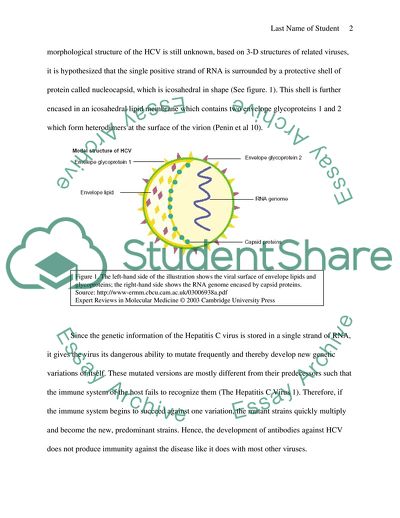Cite this document
(Current Treatment and Modern Trends in the Treatment of Hepatitis C Essay, n.d.)
Current Treatment and Modern Trends in the Treatment of Hepatitis C Essay. https://studentshare.org/medical-science/1710081-describe-hepatitis-c-virus-and-discuss-the-consequences-of-infection-outline-the-limitations-of-current-treatment-options-and-the-ongoing-efforts-to-provide-i
Current Treatment and Modern Trends in the Treatment of Hepatitis C Essay. https://studentshare.org/medical-science/1710081-describe-hepatitis-c-virus-and-discuss-the-consequences-of-infection-outline-the-limitations-of-current-treatment-options-and-the-ongoing-efforts-to-provide-i
(Current Treatment and Modern Trends in the Treatment of Hepatitis C Essay)
Current Treatment and Modern Trends in the Treatment of Hepatitis C Essay. https://studentshare.org/medical-science/1710081-describe-hepatitis-c-virus-and-discuss-the-consequences-of-infection-outline-the-limitations-of-current-treatment-options-and-the-ongoing-efforts-to-provide-i.
Current Treatment and Modern Trends in the Treatment of Hepatitis C Essay. https://studentshare.org/medical-science/1710081-describe-hepatitis-c-virus-and-discuss-the-consequences-of-infection-outline-the-limitations-of-current-treatment-options-and-the-ongoing-efforts-to-provide-i.
“Current Treatment and Modern Trends in the Treatment of Hepatitis C Essay”. https://studentshare.org/medical-science/1710081-describe-hepatitis-c-virus-and-discuss-the-consequences-of-infection-outline-the-limitations-of-current-treatment-options-and-the-ongoing-efforts-to-provide-i.


